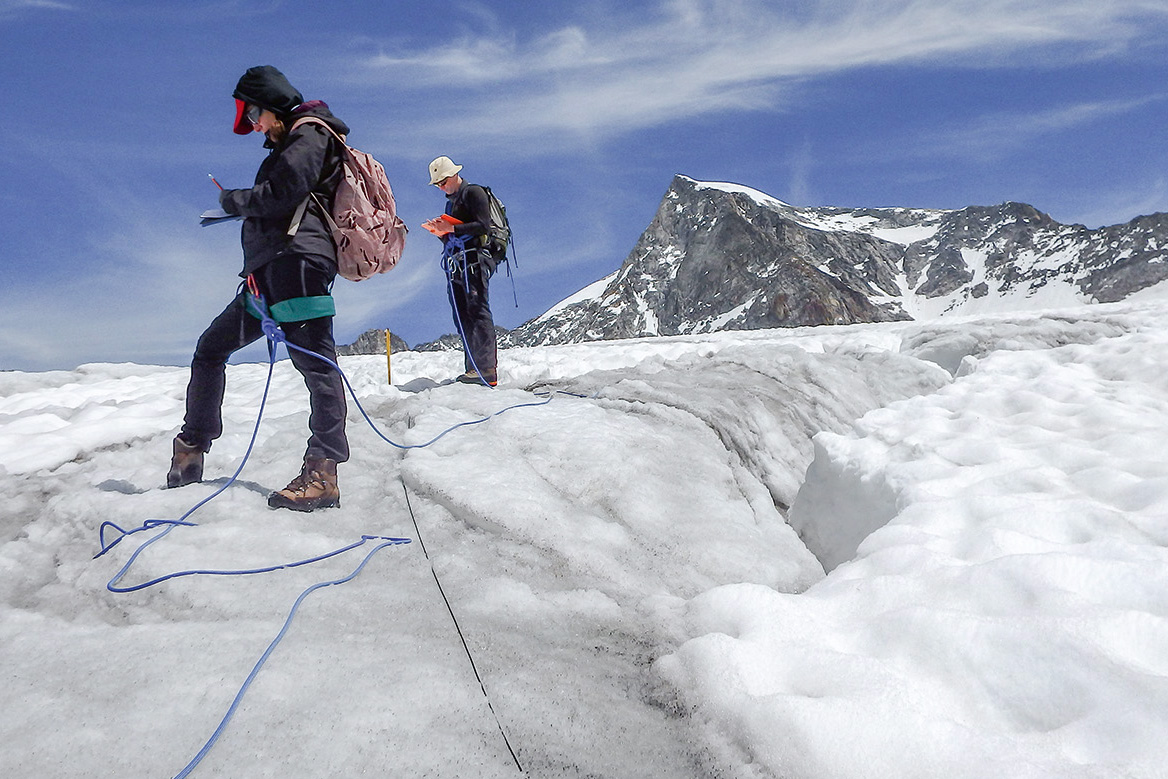
Number of bearded vultures in the Alps could double in ten years

The bearded vultures in the Alps are currently doing so well that their population could double to around 700 animals within ten years. However, their situation is fragile: it only takes a few additional deaths per year and the population would shrink again.
+Get the most important news from Switzerland in your inbox
These are the findings of a study conducted by the Swiss Ornithological Institute in Sempach, the Pro Bartgeier Foundation and the Conservation Biology Department at the University of Bern, which was published on Tuesday.
The bearded vulture, which feeds mainly on the bones of dead animals, was wiped out at the beginning of the 20th century. It has been reintroduced to the Alps since 1986. In Switzerland, the reintroductions are carried out by the Pro Bartgeier Foundation.
According to the ornithological institute, the reintroduction of the largest bird in the Alps has been successful. The population has a high reproductive success rate and the probability of survival is high. Today, around 350 bearded vultures live in the Alps.
+ Swiss bearded vulture rare win amid global wildlife catastrophe
Caution required
If things continue like this, the population will double in the next ten years, biologist Livio Rey from the ornithological station told the Swiss News Agency Keystone-SDA. This is what the model calculations have shown. Even if the bearded vulture is currently doing well, caution is advised, he said.
The model calculations also show that it does not take much for the population to shrink again. With the current population of 350 animals, nine additional deaths per year would be sufficient, Rey explained.
Bearded vultures have a long life expectancy. The chance of an animal surviving the next year is over 90%, he said.
Eliminating potential dangers
Due to the fragile situation of bearded vultures, it is particularly important to eliminate potential dangers, the ornithological station said. The death of adult birds in particular could have a major impact on the development of the population.
The dangers include collisions with power lines or wind turbines, illegally poisoned animals whose bones the bearded vultures eat, or illegal shooting. Rey said that leisure activities could also disturb a pair of bearded vultures to such an extent that they break off breeding.
For purely demographic reasons, reintroductions of young bearded vultures would no longer be necessary, according to the study. However, reintroductions remain important in order to increase genetic diversity. This remains low.
Translated from German by DeepL/ts
This news story has been written and carefully fact-checked by an external editorial team. At SWI swissinfo.ch we select the most relevant news for an international audience and use automatic translation tools such as DeepL to translate it into English. Providing you with automatically translated news gives us the time to write more in-depth articles.
If you want to know more about how we work, have a look here, if you want to learn more about how we use technology, click here, and if you have feedback on this news story please write to english@swissinfo.ch.

In compliance with the JTI standards
More: SWI swissinfo.ch certified by the Journalism Trust Initiative











































You can find an overview of ongoing debates with our journalists here . Please join us!
If you want to start a conversation about a topic raised in this article or want to report factual errors, email us at english@swissinfo.ch.